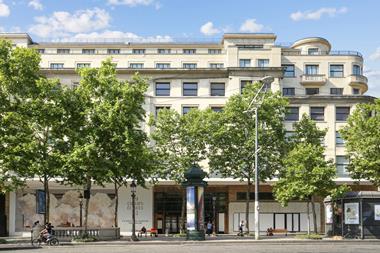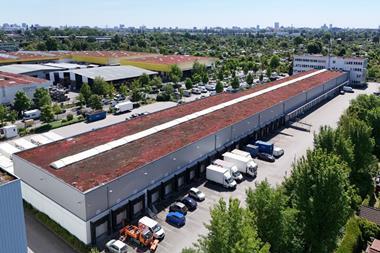Nordic institutional investors have become net sellers in their domestic property markets, according to Pangea Property Partners.
Increased appetite for international real estate, development projects, new capital requirements and overly high real estate allocations have all contributed to the shift from being net buyers, the Nordic advisory firm has concluded.
“It’s a new trend that we are seeing right now,” said Mikael Söderlundh, head of research and partner at Pangea Property Partners.
“Nordic institutions have been large net buyers in the Nordic real estate market throughout the 2000s and they have contributed to low property yields. In 2017 and 2018, however, the Nordic institutions have turned net sellers.”
The Pangea Institutional Outlook report surveys 160 of the largest Nordic institutions about their views of real estate as an asset class, including planned investment strategies for the next 12 months.
These investors own €116bn of real estate in aggregate, corresponding to 9.2% of total assets.
Swedish institutions have the highest property allocation (11.3%), followed by Norwegian investors (11.1%) and Finnish investors (7.3%). The lowest allocation is found among Danish institutions (5.6%).
“The Swedish institutions have gradually increased their property allocation, from 6.9% at end of 2010, while the Finnish institutions have gone in the opposite direction and reduced their property allocation significantly,” said Söderlundh.
Real estate is still ranked as one of the most attractive asset classes among Nordic institutions, but competition has increased from, for example, government bonds.
Alternative investments such as hedge funds and infrastructure are also considered to be attractive in the current market, according to the report.
Within real estate, public properties are ranked as the most attractive segment, followed by offices, residentials and logistics. More institutions are also interested in buying real estate abroad.
Joakim Arvius, project manager and partner at Pangea, said: “Many Nordic institutions are starting to feel that their domestic markets are expensive and therefore they start looking for investments abroad.
“In parallel to building up an international real estate exposure, they are also investing more in property development to enhance returns.”
It is primarily the largest institutions that are interested in international real estate.
Asia and the US are considered the most attractive markets, while continental Europe has lost in attractiveness in recent years, according to the report.


















